Motivation Letter for Scholarship Template Guide
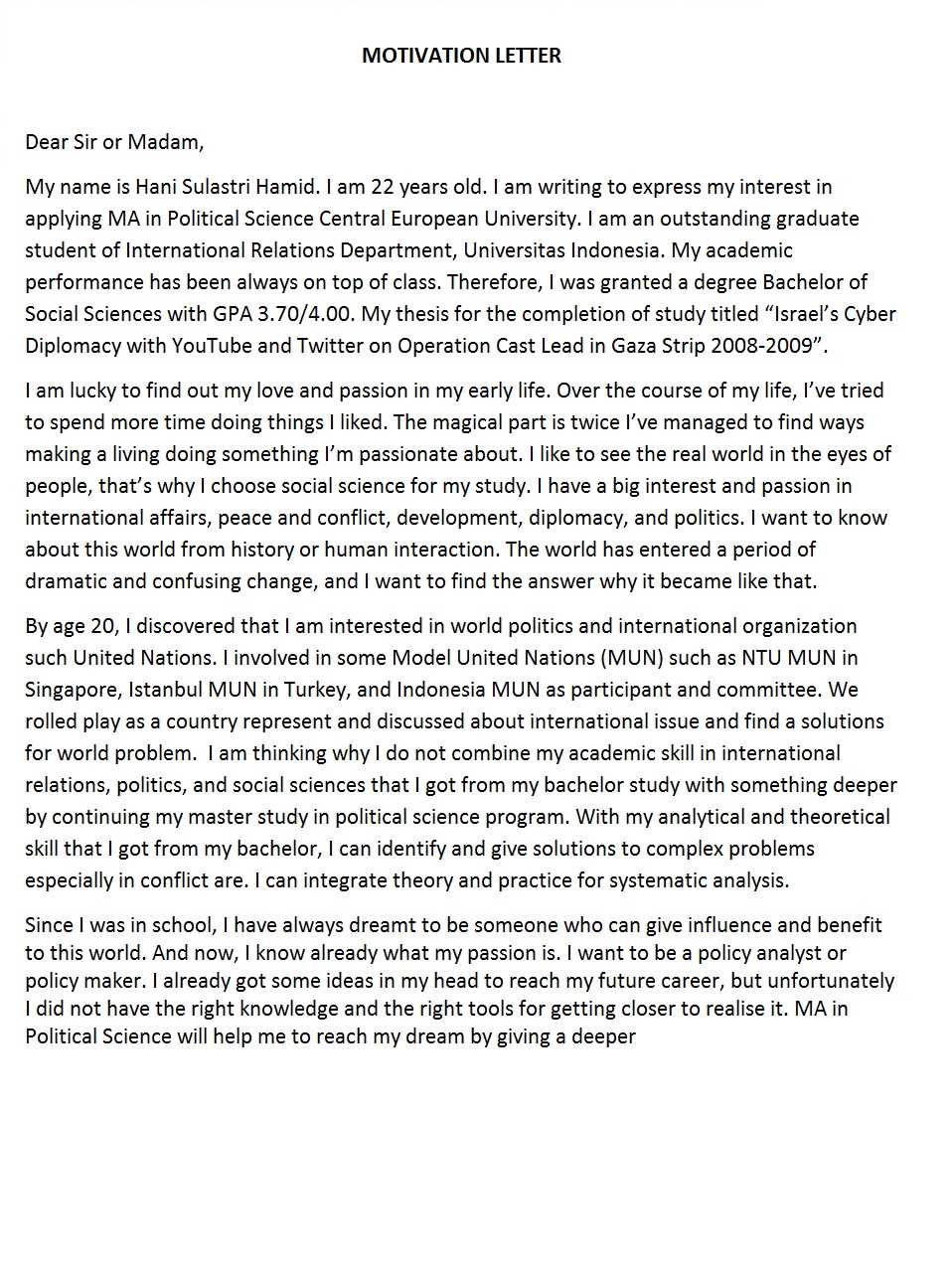
Creating a persuasive written submission for educational funding requires clarity and structure. It’s essential to communicate your goals, experiences, and motivation in a coherent and convincing manner. This guide will walk you through the process of drafting a strong application that showcases your potential and suitability for financial support.
Understanding the Essential Parts
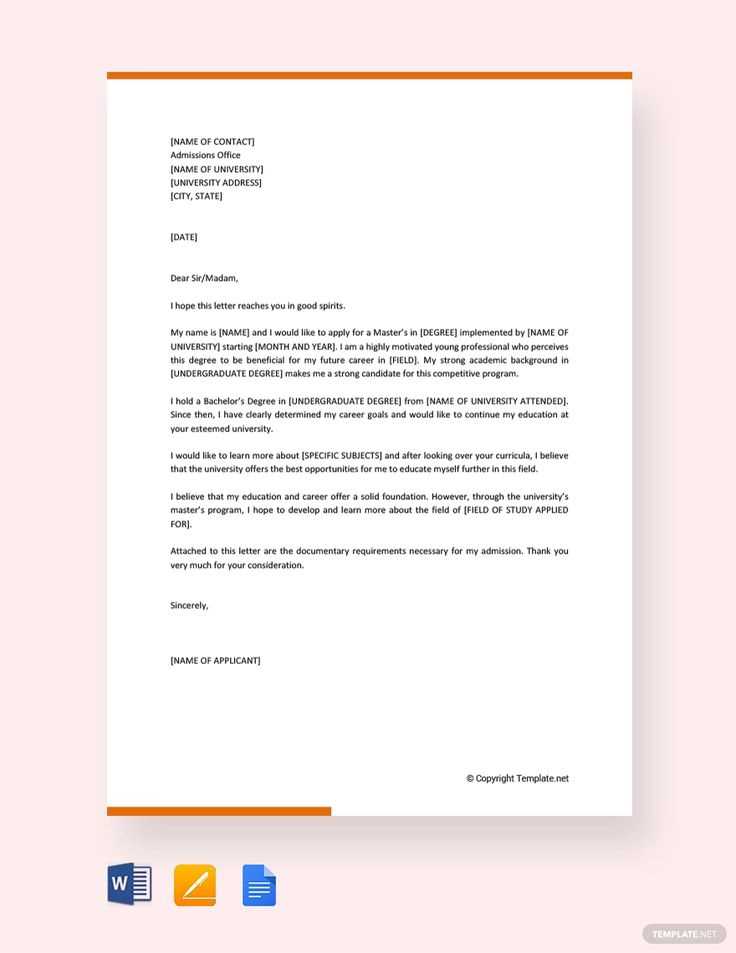
A successful application typically includes several critical sections. Start by introducing yourself and explaining why you’re seeking financial assistance. Clearly outline your objectives and ambitions, ensuring that they align with the program or opportunity you’re applying for. Highlight the skills and experiences that make you a strong candidate, emphasizing your unique qualities.
Starting Strong with an Introduction
The introduction is your first chance to grab the reader’s attention. Be concise yet impactful, focusing on your main achievements and goals. Express your passion for the field or program you’re applying to, and state why it’s important to you. The introduction sets the tone for the rest of your submission, so make it engaging and clear.
Detailing Your Background and Qualifications
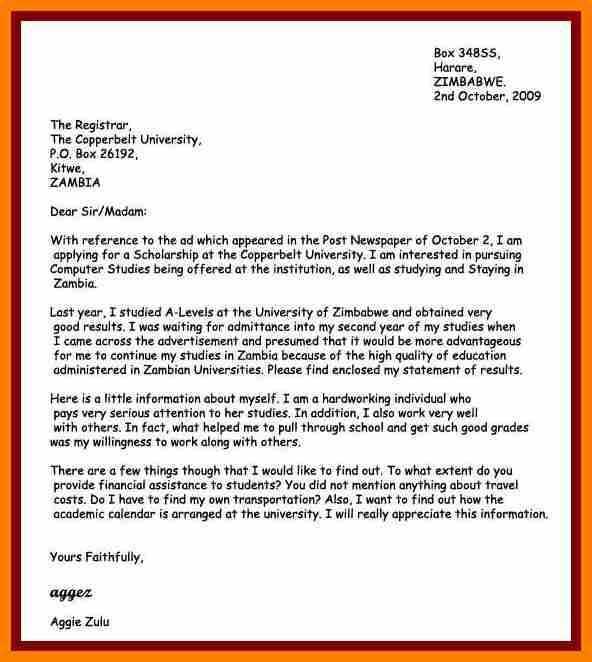
In this section, provide a comprehensive look at your academic and professional journey. Mention key achievements, experiences, and challenges you’ve overcome. Explain how these experiences have shaped your aspirations and why they have prepared you to succeed in the program. Don’t hesitate to include relevant extracurricular activities or volunteer work that demonstrate your dedication and leadership.
Personalizing Your Application
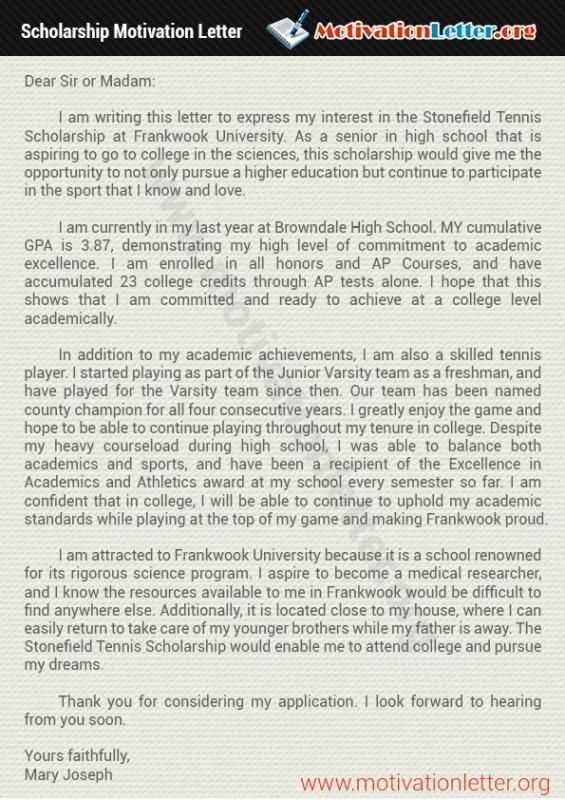
One of the most crucial aspects of your submission is the ability to make it personal. Tailor your content to reflect why you’re a perfect fit for the specific program or opportunity you’re applying to. Show how your values align with those of the institution or organization. This personalization demonstrates that you’ve researched the program and understand its goals.
Highlighting Your Achievements
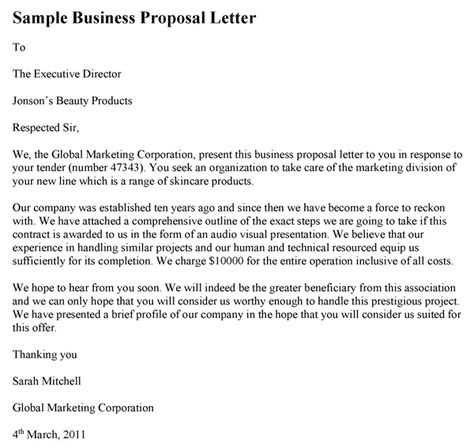
Focus on specific achievements that are relevant to the program. Whether they are academic accolades, leadership roles, or other notable successes, these accomplishments help prove your capabilities. Use numbers and examples to back up your claims and showcase your dedication and skills.
Concluding with a Strong Closing
Your conclusion should leave a lasting impression. Reaffirm your enthusiasm for the opportunity and express gratitude for the reader’s time. Reiterate your commitment to contributing to the community or organization and make a final statement of intent. A compelling closing encourages the reader to view you as a passionate and dedicated candidate.
Effective Structure for Application Submissions
Crafting a compelling document that highlights your qualifications and enthusiasm is crucial when seeking financial assistance. The structure of your submission plays a key role in presenting a cohesive and persuasive argument for why you’re the right candidate. From the introduction to the conclusion, each section serves to build a strong case, showcasing your potential and suitability for the opportunity.
Starting Your Application
The opening of your submission should immediately grab the reader’s attention. Begin by briefly introducing yourself and explaining your desire for support. Clearly express your goals and intentions, making sure they align with the purpose of the program you’re applying to. A strong start sets the tone for the rest of the content, making it essential to convey your enthusiasm effectively.
Core Elements of a Strong Document
In any successful application, certain components must be included. Discuss your academic background, key achievements, and personal motivations. Highlight the experiences and skills that demonstrate why you’re a strong candidate. Each element should contribute to telling a clear and compelling story about your journey and aspirations.
Personalizing Your Submission
One of the most important aspects of your document is making it personal. Tailor your writing to reflect how your goals match the specific program or opportunity. Demonstrating that you’ve thoroughly researched the opportunity and understand its values helps to create a connection with the reader, making your submission more persuasive and relevant.
Avoiding Common Mistakes
Be mindful of the common pitfalls that can weaken your submission. Avoid vague or generic language, and ensure that your writing is specific and detailed. Failing to address the requirements or misinterpreting the expectations of the program can hurt your chances. Always proofread to eliminate errors in spelling, grammar, and punctuation.
Enhancing Your Appeal with a Personal Story
Sharing a personal narrative can be an effective way to make your submission stand out. Incorporate an anecdote or experience that showcases your passion, challenges, or growth. A well-crafted story helps make you memorable and demonstrates your resilience and determination to succeed, which can make a strong impact on the reader.
Final Steps Before Submission
Before you submit your application, review it thoroughly. Ensure that every section is clear, well-written, and free of errors. Double-check that all the required information is included and formatted properly. A final review gives you the opportunity to polish your content, ensuring that it’s as professional and compelling as possible.